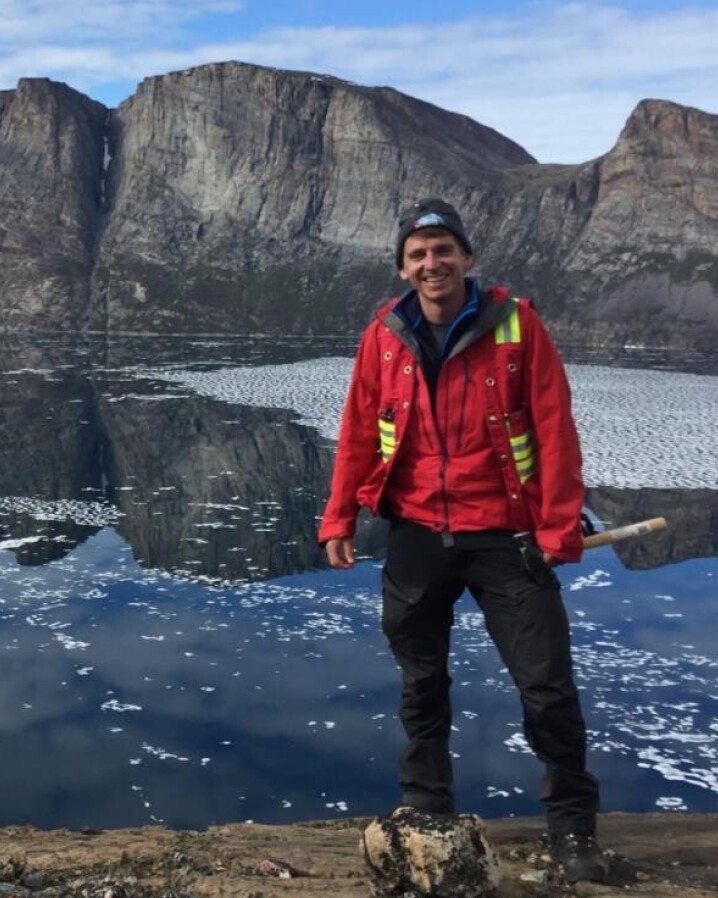
Our first Earth Science and Engineering Departmental Seminar of term is on Thursday 10 October at 12:15 in G41 and will be given by Dr. Owen Weller-Gibbs (University of Cambridge). Owen’s talk will be entitled:
“Introducing new thermodynamic models for alkaline-silicate systems, with applications to the petrogenesis of rare-earth element deposits”
Owen is a petrologist who is currently working to improve our currently patchy understanding of alkaline magmatic systems that host most of the world’s economically vital rare-earth element (REE) deposits. His work cuts across a broad range of Earth science disciplines, including economic geology, geodynamics, and metamorphism so this talk should be of broad interest, including to those of us working on topics related to the energy transition.
If you can’t make it to G41, please contact f.richards19@imperial.ac.uk and I can send you a Teams link.
Please also get in touch (f.richards19@imperial.ac.uk) if you would like to meet Owen on Thursday afternoon and/or if you would like to join us for dinner.
Abstract:
Pseudosection modelling provides a powerful tool to explore the petrogenesis of a wide range of igneous rock types, with existing thermodynamic models applicable to granitic to ultramafic bulk compositions (Holland et al., 2018). In this talk I will present a new melt model that extends for the first time into anhydrous alkaline systems, as well as new thermodynamic models for nepheline, kalsilite, leucite, melilite and ilmenite (Weller et al., 2024). Collectively these models enable pseudosection modelling of alkaline-silicate magmatic systems, providing a new tool for investigating this geologically- and economically-important compositional space. I will discuss the results of benchmarking exercises with experimental datasets, which show that the models perform well across a wide range of pressure (0–22 kbar), temperature (680–1350 °C), total alkali (3–16 wt%) and silica (37–70 wt%) conditions. Finally I will showcase the predictive and explanatory power of these new models, via a case study of the Blatchford Lake Igneous Complex (Canada), which is compositionally-representative of worldwide alkaline-silicate systems and hosts a world-class REE deposit.
References
Holland et al. (2018), Melting of Peridotites through to Granites: A Simple Thermodynamic Model in the System KNCFMASHTOCr, Journal of Petrology.
Weller et al. (2024), New thermodynamic models for anhydrous alkaline-silicate magmatic systems, Journal of Petrology.
About the speaker:
Owen read Natural Sciences as an undergraduate at the University of Cambridge, specialising in Earth Sciences, prior to completing a metamorphic petrology-focussed DPhil in the Earth Science department at the University of Oxford in 2014. Owen conducted a short-term JSPS postdoctoral fellowship at Nagoya University in Japan during the latter half of 2014, analysing high-pressure rocks from the region, followed by two years as a Visiting Fellow at the Geological Survey of Canada in Ottawa, mapping the terra incognita of the Canadian Arctic. Owen started his current position as an Associate Professor in the Department of Earth Sciences at the University of Cambridge in 2017. In 2022 he started a UKRI Future Leaders Fellowship on the petrogenesis of alkaline igneous systems, which sees Owen employing his metamorphic toolkit for economic geology; the subject of today’s talk.